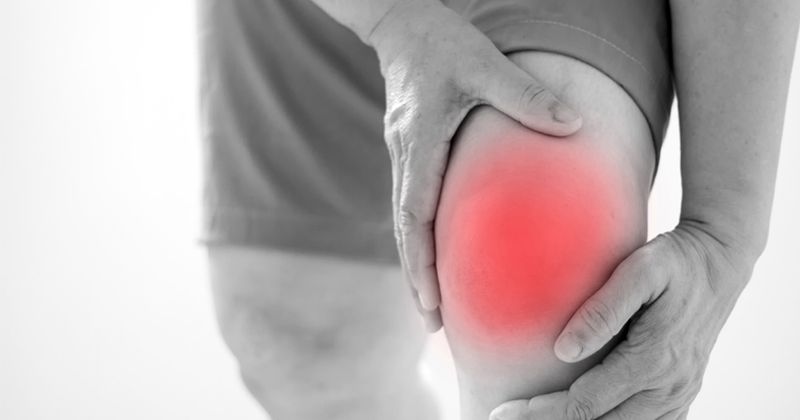Both low-, high-intensity exercises improve knee osteoarthritis
Overall, low- and high-dose exercise therapies were associated with similar improvements among patients with knee osteoarthritis, according to results of a randomized controlled trial published in Annals of Internal Medicine.
Although neither therapy was superior to the other, researchers observed small benefits with high-dose exercise therapy for knee function in sports and recreation and quality of life.

“In most studies of healthy individuals and patient populations, such as those with diabetes and cardiovascular disease, it is evident that a positive dose-response relationship exists between higher exercise dose and improved physiologic changes, physical capacity, and performance,” Tom Arild Torstensen, MSc, RPT, CEO of the Holten Institute and PhD student at Karolinska Institute in Sweden, and colleagues wrote. “In contrast, a different mechanism seems to be involved in patients with musculoskeletal pain, with previous studies showing inconsistent dose-response relationships.”
The researchers sought to determine the optimal exercise dose in patients with knee osteoarthritis, a condition that can induce joint pain, decrease function and quality of life, and for which “exercise is the preferred treatment.”
In the randomized superiority controlled trial, 189 participants from Sweden and Norway who met the diagnosis criteria for knee osteoarthritis were assigned to either high-dose (n = 98) or low-dose (n = 91) exercise therapy. The total study group had a mean age of 62 years and 44% were men.
All participants exercised three times a week for 12 weeks, for a total of 36 treatments. For the low-dose group, the intervention consisted of five exercises lasting 20 to 30 minutes. For the high-dose group, the number of exercises was increased to 11 and lasted from 70 to 90 minutes. Exercises included:
- aerobic exercises, consisting of cycling;
- multisegmental exercises, consisting of deloaded squats, deloaded leg-steps, step-downs and leg presses; and
- joint-specific exercises, consisting of deloaded knee extension and loaded knee extension.
The study’s primary outcome was the mean difference between groups in the Knee Injury and Osteoarthritis Outcome Score (KOOS), measured biweekly throughout the intervention and then at 6 and 12 months.
The KOOS questionnaire consisted of five areas, including pain, other symptoms, function in daily life, function in sports and recreation and knee-related quality of life. Scoring for each subscale ranged from 0 to 100, with 0 representing extreme disability and 100 representing maximum function. Meanwhile, secondary outcomes included pain intensity and health-related quality of life.
Torstensen and colleagues found that both groups improved significantly over the course of the trial, but high-dose exercise therapy was not superior to its counterpart except for a greater increase in KOOS scores for function in sports and recreation at the end of treatment (mean difference, 8 points; 95% CI, 2-14).
Additionally, at 6 months postintervention, the high-dose group saw greater scores in sports and recreation (mean difference, 11 points; 95% CI, 4-17) and knee-related quality of life (mean difference, 8 points; 95% CI, 3-14), although these differences did not persist.
At 12 months, the high-dose treatment group experienced a small benefit in health-related quality of life (mean difference, 0.04 point; 95% CI, 0-0.1) compared with low-dose treatment. No significant differences were found between the two groups for pain intensity during treatment or follow up.
Torstensen and colleagues wrote that the absence of a strong dose-dependent response contradicts some prior studies, although it is “in accordance with the conclusions of a systematic review on pain conditions and results from recent studies on knee osteoarthritis.”
They also pointed out that comparing the findings to previous research is “problematic.” While the researchers defined high- vs. low-dose exercises based on the number of exercises, repetitions and sets and the time spent on them, other studies measured them by intensity, length of the intervention period and frequency over time.
Overall, the results “do not imply that a low-dose exercise regimen is as beneficial as a high-dose regimen,” despite high-dose treatment failing to show superiority, Torstensen and colleagues wrote.
“Interestingly, it seems that high-dose treatment could be preferable to low-dose treatment in the long run for people who lead active lives,” they wrote. “This should be the subject of future studies.”
